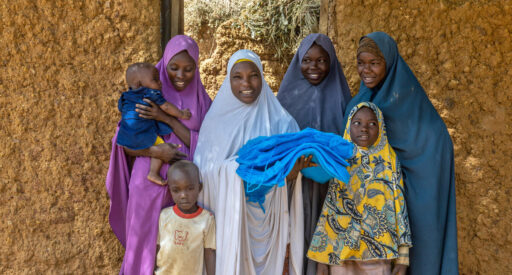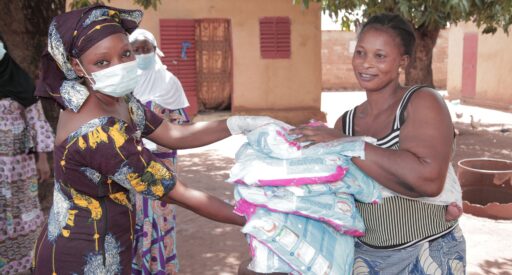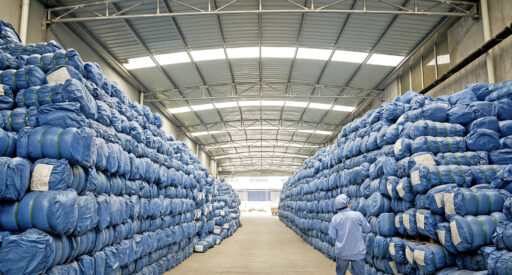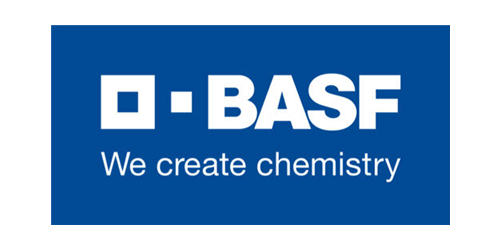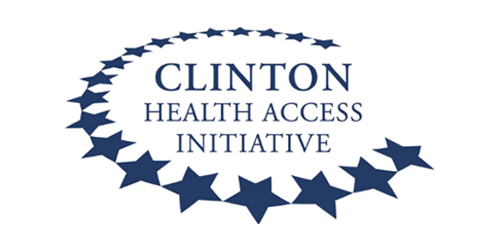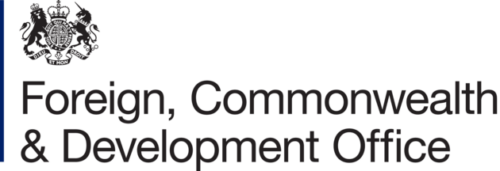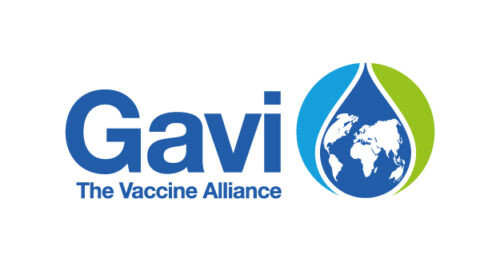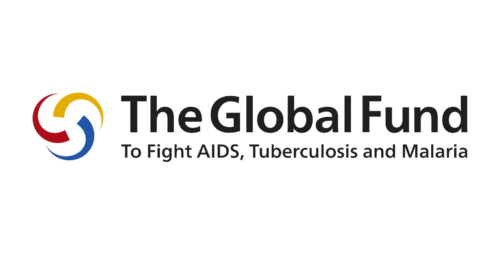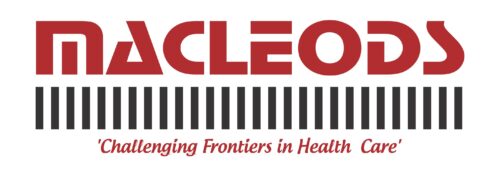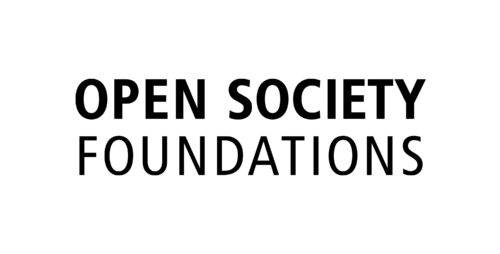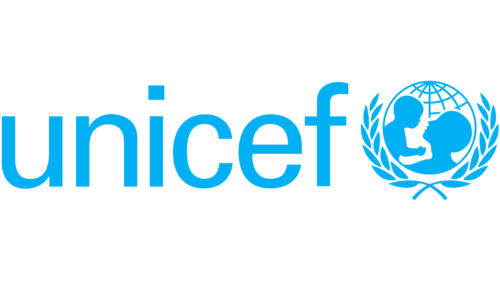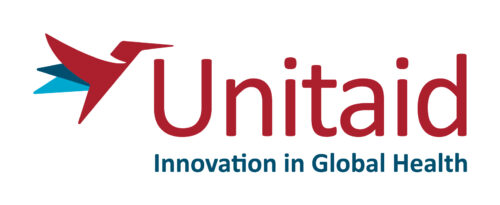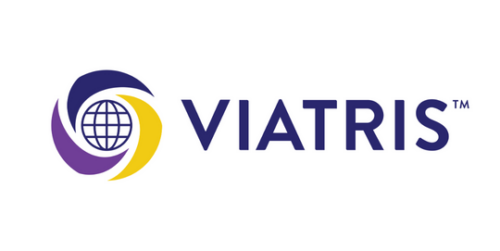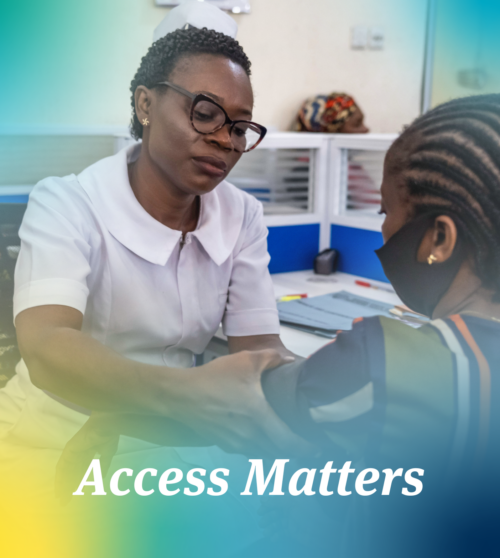Next-generation mosquito nets
Next generation dual-insecticide mosquito nets protect people against mosquitos that have developed resistance to standard pyrethroid-only nets.
Our volume guarantee enabled BASF to reduce the price of its Interceptor® G2 nets so that tens of millions of people could benefit from accelerated access.
Our
partners
The challenge
Public health
Malaria is a life-threatening illness caused by parasites transmitted to people bitten by infected female Anopheles mosquitos. The World Health Organization (WHO) estimates that malaria claimed 608,000 lives in 2022. Africa is disproportionately affected by malaria, accounting for approximately 94% of the cases and 95% of the deaths worldwide. 80% of malaria deaths in Africa are in children under five.
Insecticide-treated nets (ITNs) help prevent the spread of malaria by providing a physical barrier between mosquitos and sleeping people. However, growing resistance among mosquitos to pyrethroids – the main insecticide class used in standard ITNs – is hindering progress. Resistance to pyrethroids has been reported in 78 of the 88 malaria-endemic countries, covering all regions of sub-Saharan Africa. Millions more people are at risk as standard nets become less effective in high resistance areas.
Market situation
While the price of standard nets has reduced substantially over the past decade, next-generation nets are more expensive. Despite its benefits, uptake of this new net was expected to be slow due to market-related barriers, including slow prioritisation, adoption uncertainty, and higher prices related to production. Many countries were cautious about buying next-generation nets as data from randomised controlled trials in Tanzania and Benin were being collected ahead of publication in 2022 and 2023 respectively.
In 2018, BASF’s Interceptor® G2 net was the only dual-active ingredient net using pyrethroid and chlorfenapyr, a new class of insecticide in public health. This made a volume guarantee the ideal instrument to address the high-price low-volume dynamic and support accelerated introduction of the nets ahead of expected growth in the market for dual-active ingredient nets.
Impact
By the end of the agreement:
15.6 mn
malaria cases averted (additional to standard nets)
122,000
severe malaria cases averted (additional to standard nets)
36,200
deaths averted (additional to standard nets)
The product
BASF developed the Interceptor® G2, a dual-active ingredient net that uses chlorfenapyr in combination with pyrethroid, the standard insecticide generally used in ITNs. The new net is more effective in killing mosquitos that are resistant to pyrethroids, while still being able to kill mosquitos that have not developed resistance.
Two studies randomised control trials, in Tanzania and Benin, have shown Interceptor® G2 nets to be highly effective at reducing malaria cases. In both trials Interceptor® G2 outperformed other next generation nets and the current standard of care.
The partnership
MedAccess and the Bill & Melinda Gates Foundation provided a volume guarantee to BASF for 35 million Interceptor® G2 nets.
BASF agreed to increase production volumes and reduce prices.
The increased visibility into order volumes allowed BASF to better plan long-term resources, scale-up production and reduce prices by up to 40%. This made the nets more accessible and affordable for countries where insecticide resistance is growing and standard nets are becoming less effective.
Our guarantee builds on the commitment of organisations such as the Innovative Vector Control Consortium (IVCC), who partnered with BASF to support the development of the nets. It also supports the objectives of the New Nets Project co-financed by the Global Fund to fight AIDS, Tuberculosis and Malaria and Unitaid.
Impact
By the end of the agreement:
$24 million
direct savings for public bodies
$34.2 million
savings to health systems due to averted cases and treatment
16 countries
ordered Interceptor® G2 mosquito nets
The impact
Our guarantee has accelerated the introduction of a net designed to address the increasing issue of insecticide resistance and has catalysed rollout in countries with high malaria burden. Since the guarantee was signed, 16 countries have placed orders for next-generation nets.
As of the end of 2022, the partnership had contributed to:
- nets distributed in 19 countries which are expected to avert approximately 15.6 million malaria cases and save 36,200 lives over the nets’ three-year lifespan.
- price reductions of an average 40% led to direct savings of at least $24 million for procurers compared to what they otherwise would have paid for Interceptor® G2 nets.
How we calculated the impact of this agreement
Lives changed
Impact was based on projections developed by malaria modelling experts at Imperial College London. The figures provided by Imperial represent the impact of switching from standard long-lasting insecticide-treated nets to Interceptor® G2 nets within the countries where the nets are distributed.
Money saved
The price of individual nets varies by size. Impact was estimated based on actual price reductions for an average-sized net over the course of the volume guarantee.
Markets shaped
We work with partners, including donors, procurers and ministries of health, to track changes in health markets where our investments are supporting access to products. We monitor for changes to policy, procurement practices and supplier movement, all of which affect markets and contribute to the long-term sustainability of impact. To quantify change against a baseline, we used publicly available indicators as proxies for market-wide change.
Sustainable Development Goals (SDGs)
SDG 17
SDG 3
3.2
By 2030, end preventable deaths of newborns and children under 5 years of age, with all countries aiming to reduce neonatal mortality to at least as low as 12 per 1,000 live births and under-5 mortality to at least as low as 25 per 1,000 live births
3.3
By 2030, end the epidemics of AIDS, tuberculosis, malaria and neglected tropical diseases and combat hepatitis, water-borne diseases and other communicable diseases
3.8
Achieve universal health coverage, including financial risk protection, access to quality essential health-care services and access to safe, effective, quality and affordable essential medicines and vaccines for all
3.b
Support the research and development of vaccines and medicines for the communicable and non-communicable diseases that primarily affect developing countries, provide access to affordable essential medicines and vaccines, in accordance with the Doha Declaration on the TRIPS Agreement and Public Health, which affirms the right of developing countries to use to the full the provisions in the Agreement on Trade-Related Aspects of Intellectual Property Rights regarding flexibilities to protect public health, and, in particular, provide access to medicines for all
SDG 10
10a
Implement the principle of special and differential treatment for developing countries, in particular least developed countries, in accordance with World Trade Organization agreements
SDG 17
17.6
Enhance North-South, South-South and triangular regional and international cooperation on and access to science, technology and innovation and enhance knowledge sharing on mutually agreed terms, including through improved coordination among existing mechanisms, in particular at the United Nations level, and through a global technology facilitation mechanism
17.7
Promote the development, transfer, dissemination and diffusion of environmentally sound technologies to developing countries on favourable terms, including on concessional and preferential terms, as mutually agreed
17.10
Promote a universal, rules-based, open, non-discriminatory and equitable multilateral trading system under the World Trade Organization, including through the conclusion of negotiations under its Doha Development Agenda
17.17
Encourage and promote effective public, public-private and civil society partnerships, building on the experience and resourcing strategies of partnerships
Discover more about this partnership
Key contacts
If you would like more information about this agreement, please reach out to our key contacts.



